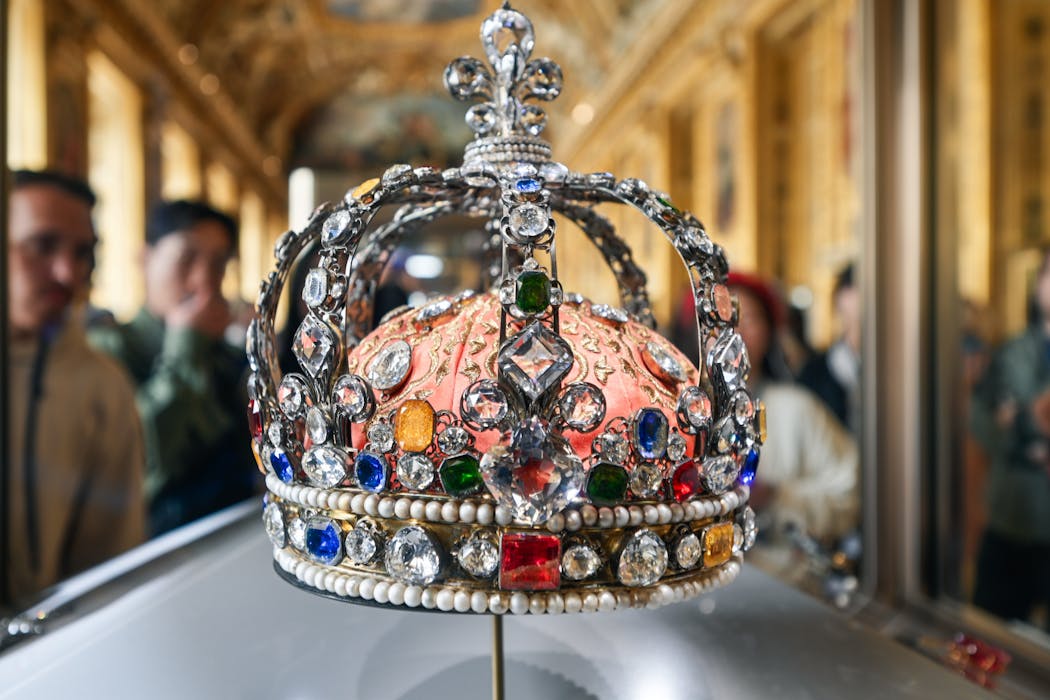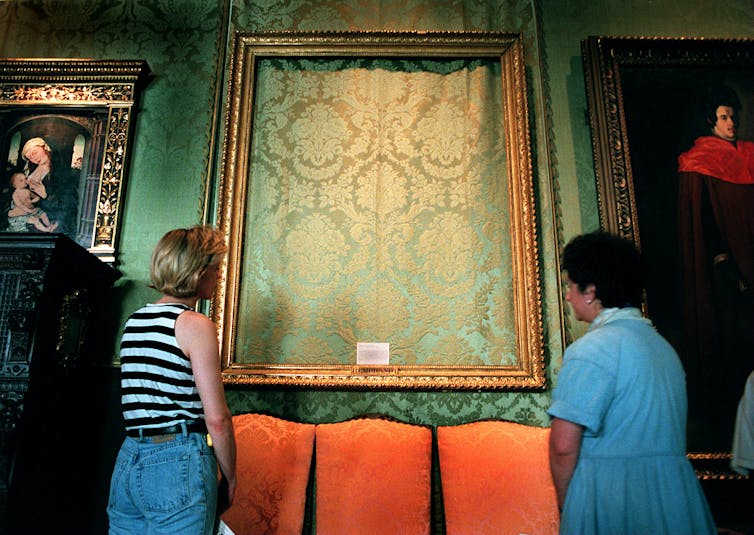Source: The Conversation – Global Perspectives – By Scott McLean, Adjunct Associate Professor, University of the Sunshine Coast
Ange Postecoglou has been sacked by two Premier League clubs in four months: Tottenham Hotspur in June (two weeks after winning the Europa League), then Nottingham Forest in October after just 40 days and eight games (with six losses and two draws).
His time at Forest was the shortest non-interim reign in Premier League history.
The Premier League’s average tenure for managers is short and trending shorter, currently around two years.
Remove the combined 15 years of Pep Guardiola (nine years at Manchester City), and Mikel Arteta (six years at Arsenal), and that two-year average plummets for the remaining 18 managers, highlighting a league-level state of constant reset.
So, what does Postecoglou’s latest sacking say about his coaching style, and the team owners and boards who make these decisions?
What is ‘Ange-ball’?
Postecoglou’s playing style, nicknamed “Ange-ball”, is brave, attacking and high-intensity.
It is a style that has delivered multiple league titles and cups across three continents – Australia, Asia and Europe – and the 2015 Asian Cup with the Australian national team.
With the ball, Postecoglou uses “inverted full-backs” (left- and right-sided defenders who can move into midfield to create a numerical advantage), and prioritises quick passes and build-up play from the back rather than playing the ball long.
Without the ball, his sides press high up the field and try to win it back fast, accepting risk in the space left behind the high defensive line.
It’s exciting and effective when executed properly, but is vulnerable if personnel don’t fit key positions or if players are still learning their roles.
It was these vulnerabilities that may have proved his downfall.
Was Nottingham Forest a great fit?
Nuno Espírito Santo, the manager Postecoglou took over from at Forest, was the opposite to “Ange-ball”.
His team was comfortable sitting behind the ball with a compact shape and lower defensive block. With the ball, he prioritised quick and direct counterattacks and a threat at set-pieces (such as corners and free kicks).
Essentially, it was a “minimise chaos” model.
Swapping to Postecoglou’s controlled chaos overnight is like taking a fleet of delivery vans to a Formula One grid.
Which begs a basic question: if Forest wanted instant results, was Postecoglou the right choice for a squad that was recruited and set up to play a contrasting style?
If you change any operating system, you must accept a period of bugs.
Postecoglou’s method asks for lightning-quick centre-backs, midfielders who can resist pressure and keep the ball, and full-backs who can step into midfield.
If you haven’t recruited for that and you don’t allow time for players to learn it, you’re setting the coach up to fail.
It’s telling that £120 million (A$247 million) of Forest’s summer signings were not included in Postecoglou’s final team selection.
Systems change is behaviour change. It needs repetition, role clarity, and a bit of psychological safety.
None of that happens in a few weeks.
Is Postecoglou’s style unsustainable?
Elite sport is a performance business and Postecoglou’s performances were deemed untenable at both Spurs and Forest.
But do proactive coaches like Postecoglou succeed at the very highest level?
Yes, when clubs support the vision. Pep Guardiola’s Manchester City, Mikel Arteta’s Arsenal and Roberto De Zerbi’s (former) Brighton all play with brave positioning, pressing and attack-minded structures.
Further, they recruit or develop players who fit that philosophy.
Postecoglou was mostly unwavering in his risk-and-reward style, yet he showed he could adapt. He won the Europa League by playing a more measured and defensive style.
Ultimately, after two years in charge at Tottenham, he was let go after a poor Premier League finish.
Nottingham Forest sacked him minutes after a 3–0 loss to Chelsea, before the players could even take their boots off, let alone settle into their new roles.
Owners, control, and the ‘do something’ button
Sacking a coach provides a visible lever, a perceived control mechanism that calms headlines and fan unrest, even though research on managerial turnover shows in-season changes don’t always generate improvements and can increase performance variance in the short term.
In other words, you might get a brief “new manager bounce” but you also amplify unwanted noise.
In the business world, a new chief executive needs roughly 18 months to show a transformation is working, and about two to three years to complete a full turnaround. And this assumes they can assemble the right team in their first six to nine months, and the board stays the course.
If global businesses give leaders time to show a plan is working, then sacking a football manager after a handful of games isn’t “elite standards” – it’s absurd.
Either club owners need to rethink their timelines, or they should stop pretending they want real transformation at all.
If owners want true transformation, they must resist reaching for the “do something” button at the first bump and tolerate some initial mess.
Where to from here?
No one more than Postecoglou will understand that from a league results standpoint, he failed at both Spurs and Forest.
Perhaps his full-throttle approach in the world’s toughest league was naive.
It’s hard to know whether other clubs will be put off by these recent sackings and Postecoglou still has a place in top-level management. Time will tell.
![]()
Scott McLean is the Director of sports consulting company- Leverage Point Consulting
– ref. Ange Postecoglou’s sackings may say more about the Premier League’s attention span than him – https://theconversation.com/ange-postecoglous-sackings-may-say-more-about-the-premier-leagues-attention-span-than-him-267848






